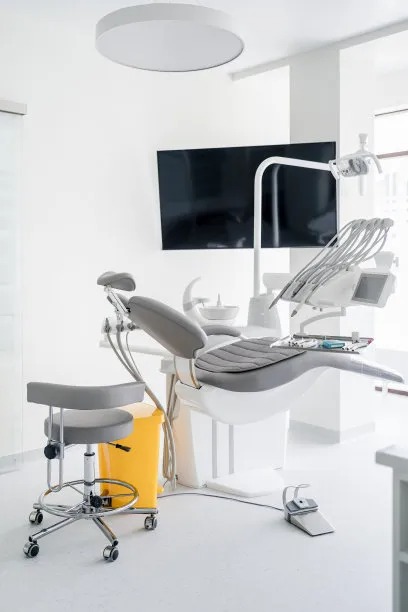A Step by Step Guide to Extracting a Tooth Safely at Home for Dental Emergencies
Summary: The extraction of a tooth at home may seem daunting, especially during dental emergencies. This article provides a clear, step-by-step guide on how to safely remove a tooth. It covers essential preparations before extraction, the actual procedure itself, post-extraction care, and when to seek professional help. The aim is to equip you with the necessary knowledge to handle a dental emergency effectively and safely, allowing you to alleviate pain and prevent further complications.
1. Essential Preparations for Tooth Extraction

Before attempting to extract a tooth at home, adequate preparations are crucial for success and safety. First, gather all necessary tools, including sterile gloves, gauze, dental floss, and a pair of tweezers. Ensuring these items are clean and readily accessible will facilitate a smoother extraction process.
Next, familiarize yourself with the anatomy of the tooth you plan to extract. Understanding the relationship between the tooth and surrounding gums will provide insight into how to perform the extraction efficiently. Additionally, ensure you have a strong grasp of the type of tooth it is—whether it’s a baby tooth or a permanent one—as this affects the technique you will use.
Lastly, consider your own physical and emotional readiness. Tooth extractions can be stressful, and if you are feeling anxious or unsure, it may not be the right time to proceed. Inviting a trusted friend or family member to support you during this process could also be beneficial.
2. Step-by-Step Extraction Procedure
Once you are adequately prepared, the actual tooth extraction can begin. Begin by applying a local anesthetic to numb the area around the tooth. Over-the-counter numbing gels can be effective for this purpose. This step is vital to minimize pain during the extraction process.
After the area is numb, use dental floss to loosen the tooth. Tie a loop around the base of the tooth and gently wiggle it back and forth. This action will help detach the tooth from the gums without excessive force. Be patient, as rushing can lead to complications.
Once the tooth feels loose enough, gently grasp it with tweezers and pull it straight out. Avoid twisting or jerking, as this may cause injury to surrounding areas. Make sure to keep your movements steady to ensure the tooth comes out cleanly and without fragments breaking off.
3. Post-Extraction Care to Prevent Complications
Following a successful extraction, proper post-care is vital to promote healing. First, bite down on surgical gauze for at least 30 minutes to control bleeding. It’s essential to maintain pressure on the extraction site to allow a blood clot to form, which aids in healing.
After the gauze is removed, avoid touching the extraction site with your fingers or tongue. This reduces the risk of introducing bacteria into the wound, which could lead to an infection. Instead, maintain a soft diet for a couple of days and ensure you stay hydrated.
If you experience significant pain or swelling, consider taking over-the-counter pain relief medication, following the guidelines on the label. Ice packs can also help minimize swelling. However, if symptoms worsen or fail to improve over time, seeking professional dental care is imperative.
4. Knowing When to Seek Professional Help
While home extraction can be effective, its crucial to recognize when professional help is necessary. If the tooth is impacted, broken, or if you observe swelling that exceeds normal limits, don’t hesitate to reach out to a dentist. Such situations often require specialized techniques that are beyond the skills of a layperson.
Additionally, persistent bleeding that lasts beyond a few hours warrants immediate attention. Professional dental care can address complications quickly and prevent further health issues. Remember, your safety and well-being should always come first.
Finally, if you’re ever unsure about the procedure or your ability to conduct it safely, seeking the help of a qualified dental professional is the best option. They possess the necessary tools and skills to ensure a safe and effective tooth extraction.
Summary:
Understanding the process of tooth extraction at home can empower individuals during dental emergencies. From the necessary preparations to the extraction process and aftercare, following a well-structured guide can lead to a safer experience. However, knowing when to seek professional assistance is equally important for ensuring health and recovery.
This article is compiled by Vickong Dental and the content is for reference only.


